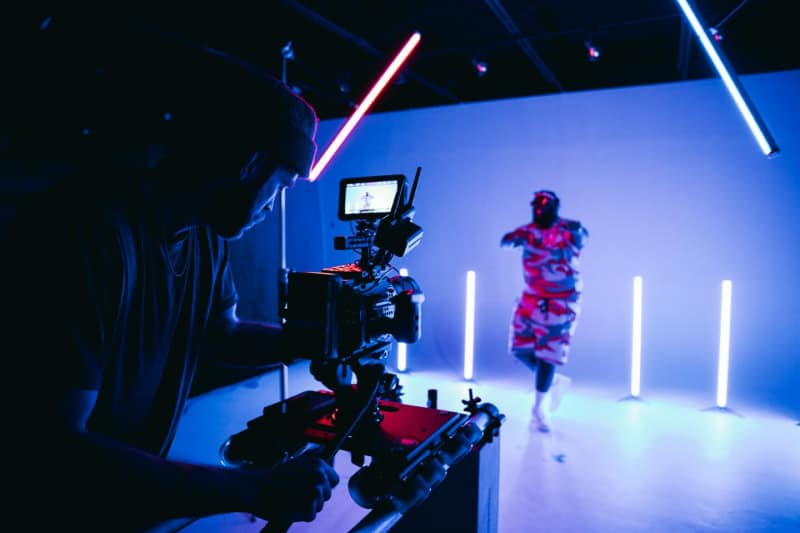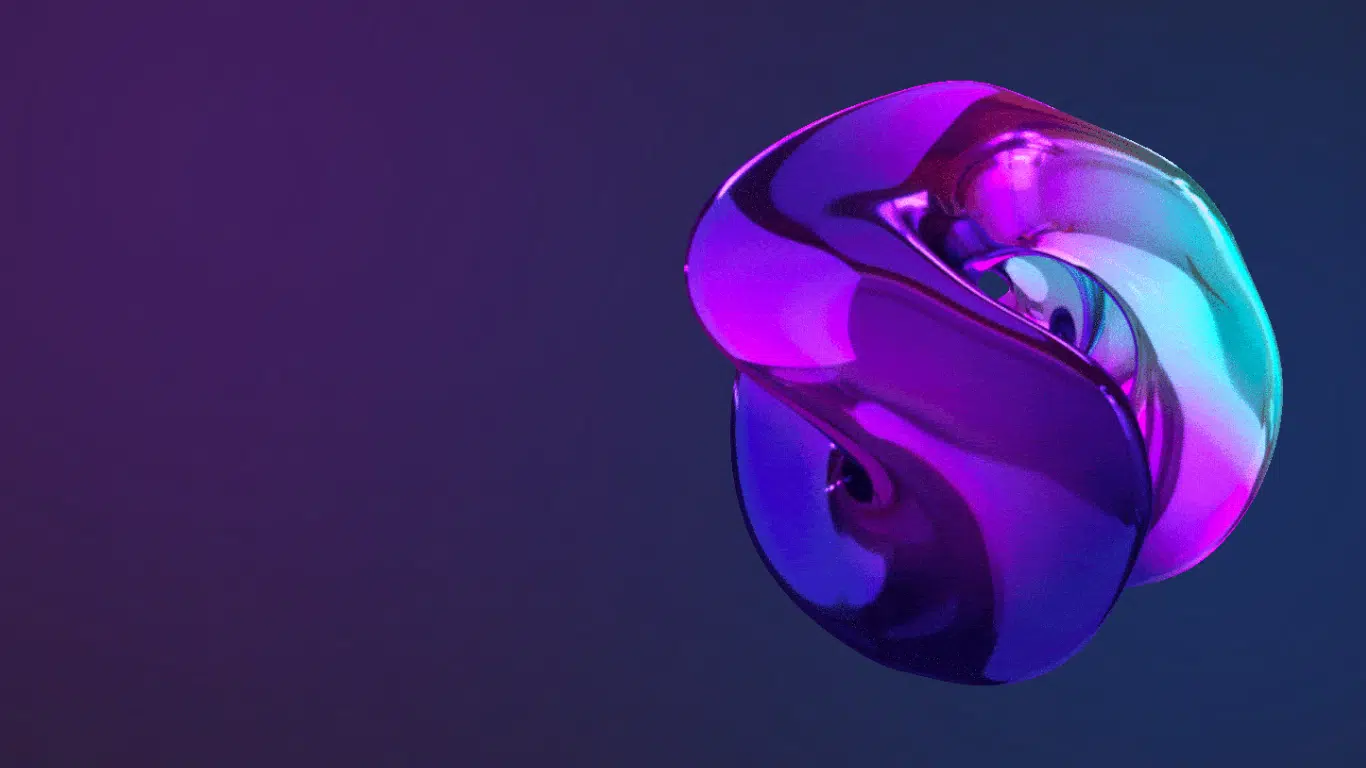The great thing about video marketing is that you’ve got options. You can make your video upbeat, serious, cinematic, quirky, long, short, a deep dive, a light skim and all combinations in between.

One big question you’ll have to decide fairly early on in the video production process is whether to go for an animation or a live-action video or indeed some blend of the two.
Each has its advantages and tends to be used for certain types of video.
Why use animated video
Animated videos are great at explaining abstract or complex ideas, and can impart information in a clear, memorable way. Indeed, one experiment by psychologist Richard Wiseman found that people remember 15% more information after watching an animated video than a talking head, largely because every element in an animated video can be designed for that purpose, with minimal distractions.
Unsurprisingly, this means they are regularly used for explainer videos, and for corporate induction or onboarding. You’ll often find them prominently in the video strategies for software, app and IT companies, among others.
Here’s an animated explainer from Thermofisher Scientific. It could have shown live-action footage of the real equipment or people using their benchtop instrument, but using a minimal animation style gives it a different flavour and helps support the audio narrative.
Animated videos have other advantages too. Conceptually, they can allow you to do things that live video won’t allow, and can save you money if you have a tight budget. It’s easier and rather cheaper to draw a character flying to the moon than it is to send an actor and camera crew there.
Another logistical benefit is that revising an animation is a lot easier than reshooting live footage. This means animated videos are easier to update, extending the life of your content and stretching your marketing spend further.
Why use live action video
Live-action videos have two key advantages. The first is that if you sell a physical product or a personal service, people get to see what it actually looks like. The same applies if you’re marketing a place, like a theme park or a hotel.
Live-action is overwhelmingly popular for product demo videos for this reason: you’re going to have a hard time convincing me to buy a sandwich if I can’t see what it looks like.
Here’s another from Starbucks, showing off its cold foam cold brew, which looks rather delicious (and I don’t even like coffee):
The other key advantage is that live-action videos show real people. Don’t underestimate how important this is for forging an emotional connection with your viewers – we’re hardwired to respond to faces and body language.
There are also some practical advantages to live-action videos, particularly if you want to achieve certain cinematic flourishes around lighting and depth of field – these are doable for animation, but unless you have the budget to make a Wall.E or equivalent, it’s probably best to avoid.

Animation vs live action: Throwing away the rulebook
Those are the normal rules, and that’s fine… but you don’t have to make a normal video like everyone else.
The wonderful thing about video is that it is such a creative craft. Sometimes you can get so caught up in the detail of what needs to be included – your message, your brand identity, the basics of storytelling – that you can forget that video lets you do things differently. It lets you express yourself as a brand.
So there are no unbreakable rules about which type of video to use in which situation. Of course you should be aware of the general principles, but how you bring that to life is up to you.
The good news is that both animations and live videos can be funny, entertaining, emotive, impactful and effective, if you do them well. So yes, live action tends to be better at emotion, but watch Dreamworks’ 2009 film Up and tell me animation can’t be emotive:
Or watch this live action explainer from Pathfinder and tell me that live action is no good for abstract ideas:
If you’re working with a video production company that really understands your brand, your strategic objectives and how to make great videos that deliver against those objectives, then don’t be afraid to try something a little different, whether that’s animated or live-action, or a combination of the two.
Wooshii is an innovative video production company with the capacity to create video anywhere in the world, in any format, using a talent network of over 16,000 plus experts. Wooshii works with world-leading organisations across multiple industry sectors to enable consistent and reliable video production at scale, supporting a wide variety of internal and external marketing and communication functions.
Need help devising your video strategy or perhaps want to discuss your productions needs, give Wooshii a call today.




